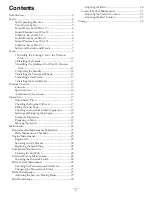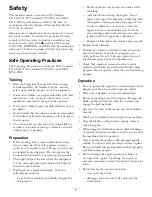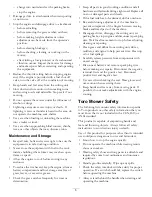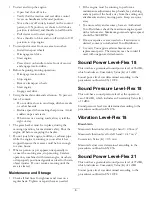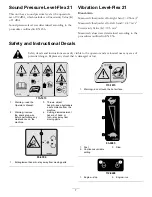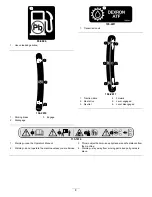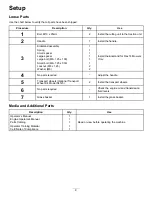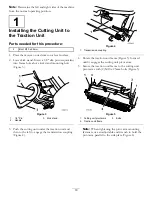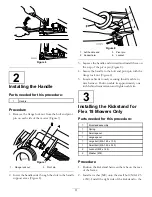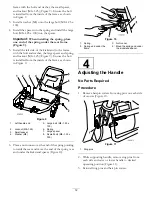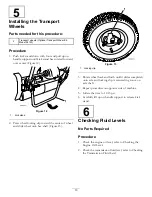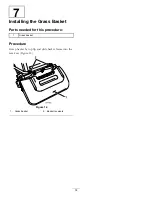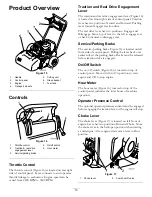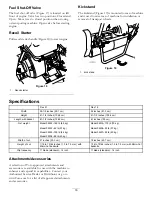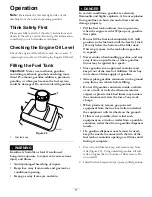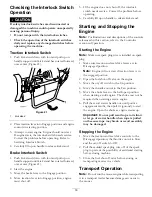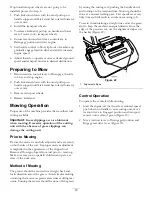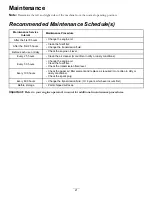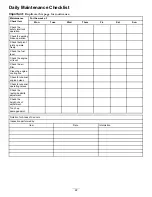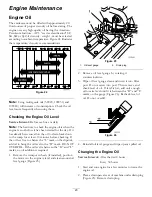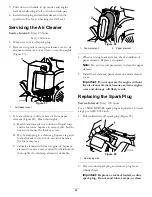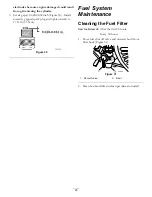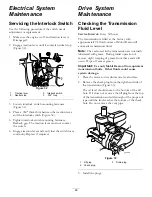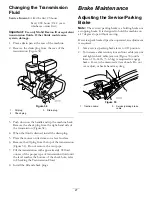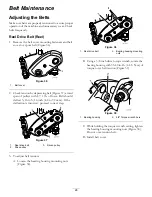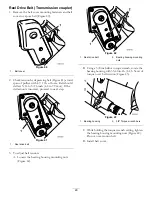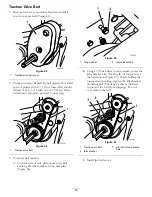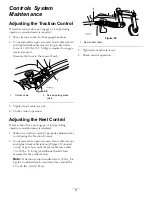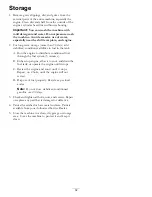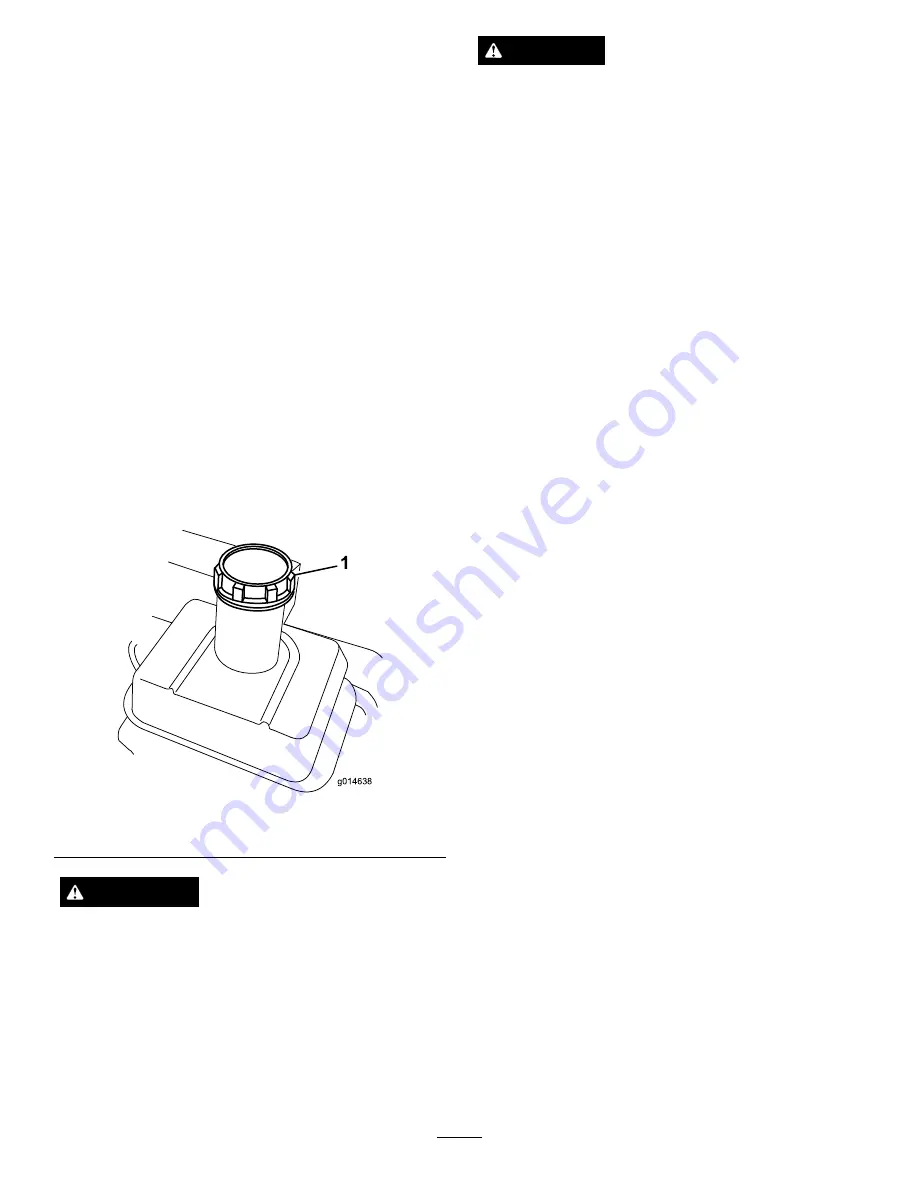
Operation
Note:
Determine the left and right sides of the
machine from the normal operating position.
Think Safety First
Please carefully read all of the safety instructions and
decals in the safety section. Knowing this information
could help you or bystanders avoid injury.
Checking the Engine Oil Level
Check the engine oil level before each use or every 8
operating hours, refer to Checking the Engine Oil Level.
Filling the Fuel Tank
Important:
Never use methanol, gasoline
containing methanol, gasohol containing more
than 10% ethanol, gasoline additives, premium
gasoline, or white gas because the fuel system
could be damaged. Do not mix oil with gasoline.
g014638
Figure 20
1.
Fuel tank cap
WARNING
Gasoline is harmful or fatal if swallowed.
Long-term exposure to vapors can cause serious
injury and illness.
•
Avoid prolonged breathing of vapors.
•
Keep face away from nozzle and gas tank or
conditioner opening.
•
Keep gas away from eyes and skin.
DANGER
In certain conditions, gasoline is extremely
flammable and highly explosive. A fire or explosion
from gasoline can burn you and others and can
damage property.
•
Fill the fuel tank outdoors, in an open area,
when the engine is cold. Wipe up any gasoline
that spills.
•
Do not fill the fuel tank completely full. Add
gasoline to the fuel tank until the level is 1 inch
(25 mm) below the bottom of the filler neck.
This empty space in the tank allows gasoline
to expand.
•
Never smoke when handling gasoline, and stay
away from an open flame or where gasoline
fumes may be ignited by a spark.
•
Store gasoline in an approved container and
keep it out of the reach of children. Never buy
more than a 30-day supply of gasoline.
•
Always place gasoline containers on the ground
away from your vehicle before filling.
•
Do not fill gasoline containers inside a vehicle
or on a truck or trailer bed because interior
carpets or plastic truck bed liners may insulate
the container and slow the loss of any static
charge.
•
When practical, remove gas-powered
equipment from the truck or trailer and refuel
the equipment with its wheels on the ground.
•
If this is not possible, then refuel such
equipment on a truck or trailer from a portable
container, rather than from a gasoline dispenser
nozzle.
•
If a gasoline dispenser nozzle must be used,
keep the nozzle in contact with the rim of the
fuel tank or container opening at all times until
fueling is complete.
1. Clean around fuel tank cap and remove cap from
tank (Figure 20). Using unleaded gasoline, fill fuel
tank no higher than to bottom of filter screen. Do
not overfill.
2. Install fuel tank cap and wipe up any spilled gasoline.
17

